Basic Disaster Life Support Training
In an abundance of caution, Touro University Nevada has temporarily suspended large events on campus in response to the COVID-19 situation. Events will be rescheduled when appropriate.
The Basic Disaster Life Support™ (BDLS®) course is a 7.5 hour competency-based, awareness-level course that introduces concepts and principles to prepare health professionals for the management of injuries and illnesses caused by disasters and public health emergencies. The course builds upon, applies, and reinforces information presented in the Core Disaster Life Support® (CDLS®) course. This includes application of core principles and concepts in emergency management and public health as introduced in the CDLS course through the PRE-DISASTER Paradigm™ and DISASTER Paradigm™. The primary focus of the BDLS course is incorporation of an “all-hazards” approach to mass casualty management and population-based care across a broad range of disasters. Measures to ensure and enhance health workforce readiness are emphasized throughout the course. This includes a consistent and scalable approach to workforce protection and casualty management, as well as, mass casualty triage and fatality management.
The BDLS course is designed to engage participants through interactive scenarios and group discussion. The overarching aim of the BDLS course is to teach a common lexicon, vocabulary, and knowledge base for the clinical and public health management of all ages and populations affected by disasters and public health emergencies, through a standardized curriculum that is practical and relevant for all health professionals. Knowledge gained in the course can then be reinforced and expanded through application in the Advanced Disaster Life Support™ (ADLS®) course. The BDLS course is aimed at a broad range of audience categories that share a common likelihood of providing clinical care and assistance to casualties during a disaster or public health emergency, including healthcare, public health and allied health professionals; emergency medical services personnel; and other medical first responders and receivers.



